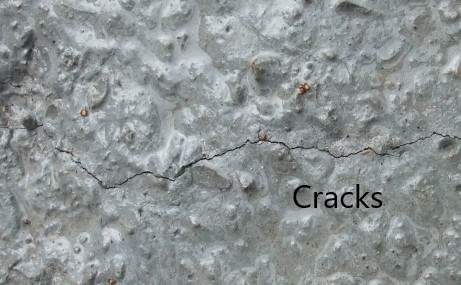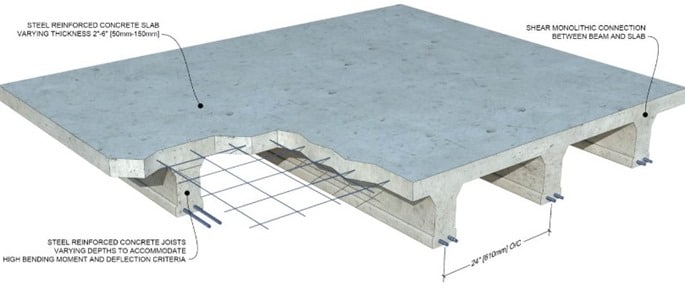Achieving quality control and quality assurance up to the selected level is a must for any construction works. The quality of the construction work is nun debatable. It has to be achieved by any mean. It is a common observation that the structure is cracked due to the construction defects.
Poor construction activities and lack of attention of the contractors cause defective work and it leads to additional cost to himself. Further, it is a burden to the engineer and the owner. Additional time is required for these rectification works and leads to delay in the projects.
Commonly observed construction defects that lead to craking are as follows.
- Formation of honeycombs
- Mix design
- Early removal formwork under the slabs
- Early removal for formwork in thick concrete
- Start Construction work early on the slab
Formation of honeycombs
It causes due to the poor attention on the construction works. Reinforcement congestion, leakages of grout, poor compaction, etc are the main causes of honeycombs. External honeycombs are visible to the naked eye through the internally formed honeycombs that can not be observed from outside. Internal honeycombs are not common and external honeycombs can be observed frequently. Internal honey combes are more dangerous as there can not see and as a result, they will not be repaired like external honeycombs. The existence of these honeycombs leaks cracking the structure and even structure could faile if there are severe.
Mix Design
Structures are cracked due to the incompatible properties of the concrete. Cracking could be due to the creep and shrinkage effects, drying shrinkage, etc, (see discussed above). Mix design shall be done to suit the environmental conditions, project conditions, time for pouring, etc.
Early removal of Formwork (Slab Soffit)
Formwork shall be removed as the there recommendation of the specification/guidelines or as recommended by the structural engineer. For removal of bottom formwork after concreting, the advice of the engineer shall be sought as it depends on the strength gain in the concrete. Concrete test cubes cast during the concreting could be tested to see whether the concrete has achieved the required strength for removal of formwork. Early removal when the concrete has not achieved its strength, could lead to deflections and crack of the concrete.
Early removal of Formwork (Thick Concrete)
Removal time of the formwork shall be as per the information obtained from the mockup test. Depending on the temperature variation, the date of removal of formwork is decided. Early removal of the formwork will change the temperature difference and gradient and the start to vary with the environmental conditions. It will lead to cracking of concrete internally and externally.
Start Work Early on Slab
Formwork could remove when the concrete has achieved the strength up to a certain extent. Starting the construction work of the upper floor immediately after removal of formwork will cause cracking of the beams and slabs. For example, the contractor could be allowed to proceed with the casting of columns as it does not directly affect the floor as a load. However, if he allowed constructing brick walls, there will be a significant increase in the load. Brick has to be stored on the floor before construction and construction work will add the load to the floor. Therefore, if there is no sufficient information to justify the concrete can bear these loads, construction work shall be proceeded as per the general norm and as per relevant technical specifications.


